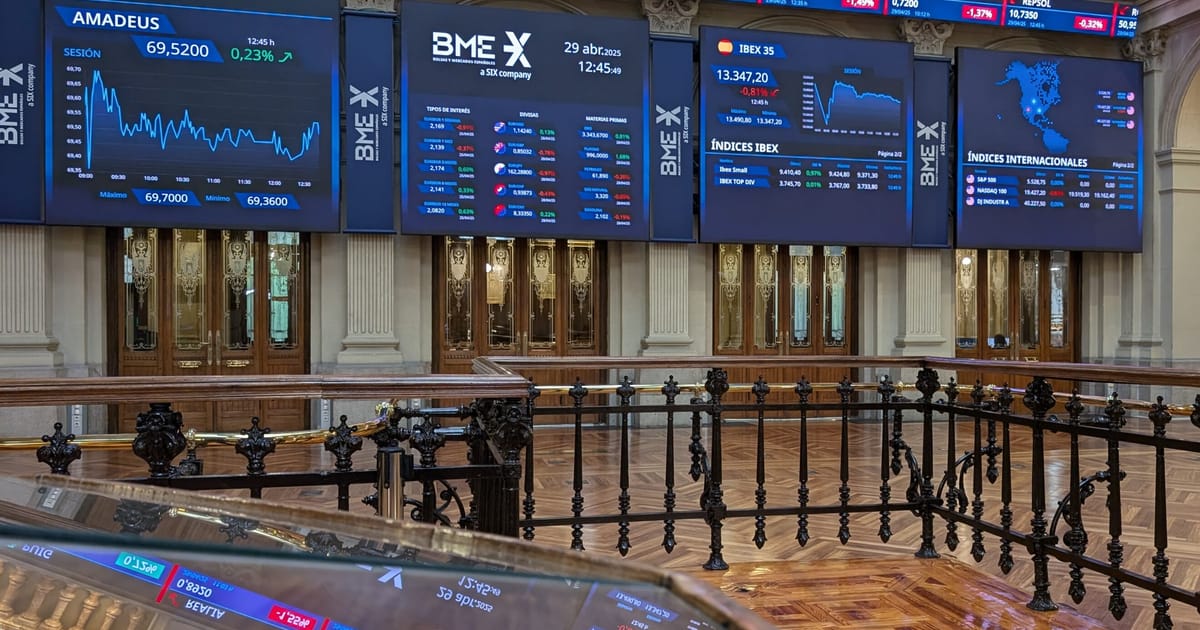Spain was by far the top performing major economy in the eurozone, with growth of 0.6 percent. Italy notched 0.3 percent, but Germany and France, the region’s two largest economies, continued to lag, with 0.2 and 0.1 percent respectively.
The data covers the period until March 31, and so predates the direct effects of U.S. President Donald Trump’s April 2 tariff package. The announcement marked the opening salvo of a trade war that shook financial markets and raised fears of a possible recession.
Analysts had expected that trade-heavy economies to have received a short-term boost this quarter from exporters increasing shipments ahead of the tariffs, which had been a major part of Trump’s election campaign last year.
Last week, the International Monetary Fund cut its growth forecast for the eurozone this year by 0.2 percent to only 0.8 percent, reflecting a broader and deeper slowdown in the world economy as a result of the trade war.
However, the European Central Bank’s chief economist, Philip Lane, said that while the outlook had darkened, the situation was still manageable for now, and that a recession in the eurozone was unlikely.
“It’s still a growing economy,” Lane said. “We’ve inflation risks, I think, to the downside, but we don’t need to be too dramatic about it.”
(This article has been updated)
